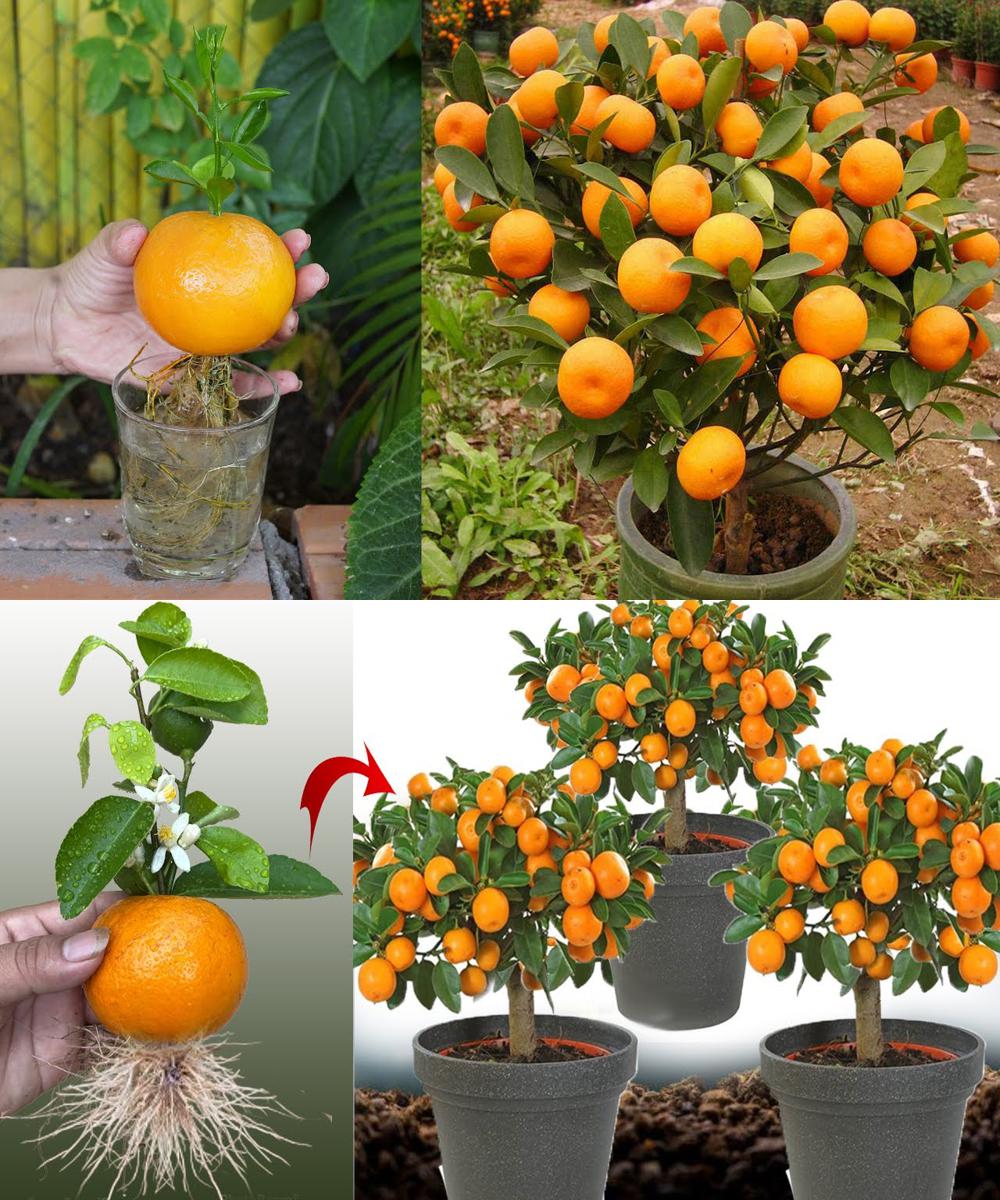
Introduction: Tangerines are a delicious and nutritious citrus fruit that can be easily grown in your own backyard. Whether you’re a seasoned gardener or a beginner, these top 10 tips will help you cultivate healthy tangerine trees and enjoy sweet, tangy fruits straight from your garden.
- Choose the Right Variety: Select a tangerine variety that is well-suited to your climate. Common types include Clementine, Satsuma, and Mandarin. Research the specific requirements of the chosen variety to ensure it can thrive in your area.
- Find the Ideal Location: Tangerine trees need plenty of sunlight to produce sweet and juicy fruits. Choose a spot in your garden that receives at least 6 to 8 hours of direct sunlight each day. Ensure good air circulation to prevent diseases.
- Prepare the Soil: Tangerines prefer well-draining soil with a slightly acidic to neutral pH (6.0-7.0). Amend the soil with organic matter like compost or well-rotted manure to improve its texture and nutrient content.
- Planting: Plant your tangerine tree in the spring or early fall when the weather is mild. Dig a hole twice the size of the root ball and plant the tree at the same depth it was in the nursery pot. Water thoroughly after planting.
- Watering: Establish a consistent watering schedule. Tangerines require regular moisture, especially during the growing season. Water deeply when the top inch of soil feels dry, but avoid waterlogged conditions, which can lead to root rot.
- Mulch: Apply a layer of organic mulch around the base of your tangerine tree to help retain soil moisture, regulate temperature, and reduce weed competition. Keep the mulch away from the trunk to prevent rot.
- Fertilization: Feed your tangerine tree with a balanced citrus fertilizer according to package instructions. Generally, apply fertilizer in late winter and late spring. Avoid over-fertilizing, as this can harm the tree.
- Pruning: Prune your tangerine tree to maintain a desirable shape, remove dead or diseased branches, and improve air circulation. Pruning is best done in late winter or early spring before new growth starts.
- Pest and Disease Management: Keep an eye out for common citrus pests such as aphids, scale insects, and citrus leaf miners. Regularly inspect your tree for signs of disease, such as citrus canker or fungal infections, and treat promptly.
- Harvesting: Tangerines are ready to harvest when they reach their full color and easily detach from the tree with a gentle twist. Avoid pulling the fruit, as this can damage the tree. Harvesting usually occurs in late fall or early winter, depending on the variety.
Conclusion: Growing tangerines in your garden can be a rewarding experience, providing you with delicious, homegrown fruit. By following these 10 tips, you can ensure the health and productivity of your tangerine tree, leading to a bountiful harvest of sweet and tangy citrus delights. Happy gardening!